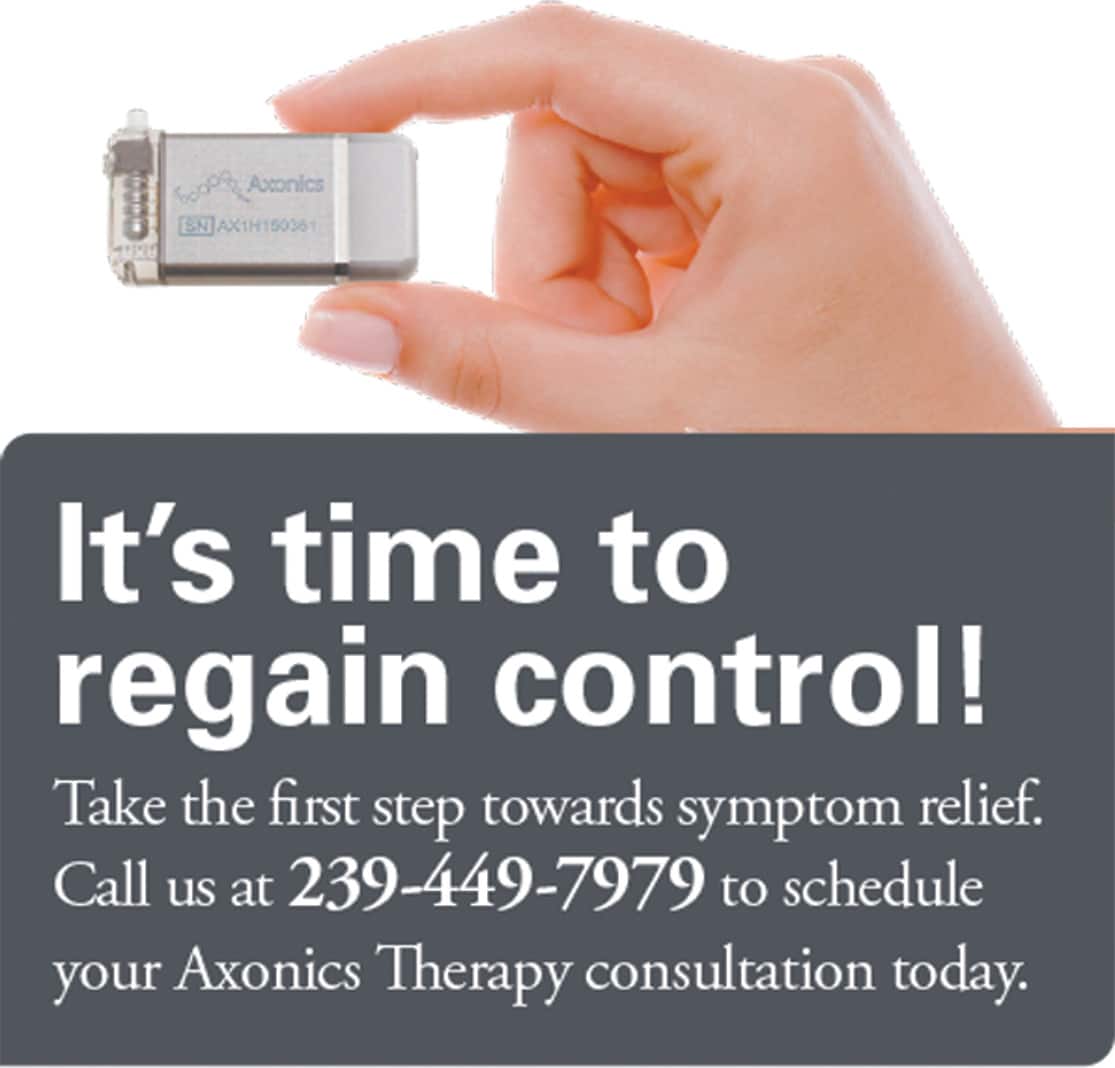 You or someone you know has recently been diagnosed with breast cancer. After any cancer diagnosis it is perfectly normal for the patient to feel frightened, overwhelmed and full of uncertainty. Following a diagnosis of breast cancer, it is important to always remember that you are not alone. Never forget one fact: millions of women have had success with treatment and have beaten breast cancer.
You or someone you know has recently been diagnosed with breast cancer. After any cancer diagnosis it is perfectly normal for the patient to feel frightened, overwhelmed and full of uncertainty. Following a diagnosis of breast cancer, it is important to always remember that you are not alone. Never forget one fact: millions of women have had success with treatment and have beaten breast cancer.
Breast cancer is the most common cancer among women. The great news is that many women survive once diagnosed. With a doctor’s help, they take charge of breast cancer and do not let it control them. “New diagnostic technologies, early detection and customized treatments have helped make great strides in helping woman beat breast cancer.” says Dr. Bada.
You’ve been diagnosed, now what? Allow your-self to accept the kind of strong support that only family and close friends can provide. Don’t be afraid to share any questions or concerns with your health care team. Take time to breathe and remember:
Breast cancer is treatable. The medical field has made great strides in the treatment of breast cancer and patient survival.
You have time. Breast cancer diagnosis is not a medical emergency. In most cases, treatment is not required to begin within a matter of hour or a few days.
Take charge. Educate yourself so you can make informed decisions. Become an active participant on your health care team, ask questions make decisions when planning your care and treatment.
The amount of information available be it from your doctor or through independent research, can be overwhelming. Never hesitate to ask questions to obtain a greater understanding of the specifics concerning your diagnosis. Once you have armed yourself with the facts and have a handle on the type of breast cancer you have, only then can you effectively help your doctor determine the best treatment option for you.
When developing a treatment plan, consider the facts, ask for advice, and most importantly, make the decision that is right for you. Choosing a breast cancer surgery option is, without saying, a difficult decision between lumpectomy followed by radiation or mastectomy. Both can be effective at treating the cancer. Whichever option you and your doctor decide is best for you will then set in place your treatment and recovery plan.
Among the many options you may choose to help you with your breast cancer treatment, perhaps the most important of all is your own involvement. Work with your healthcare team. Learn, ask questions, maintain a positive outlook and join a support group. Become an active participant in your treatment. According to Dr. Bada, “of the patients I treat, those who recover the fastest are those who have a positive attitude and follow medical guidelines.”
Can breast cancer be prevented?
There is no sure way to prevent breast cancer. But there are things all women can do that might reduce their risk and help increase the odds that if cancer does occur, it is found at an early, more treatable stage.
Lowering your risk: You can lower your risk of breast cancer by changing those risk factors that are under your control. Body weight, physical activity, and diet have all been linked to breast cancer, so these may be areas where you can take action.
At this time, the best advice about diet and activity to possibly reduce the risk of breast cancer is to:
- Get regular physical activity.
- Reduce your lifetime weight gain by eating fewer calories and getting regular exercise.
- Avoid or limit your alcohol intake.
Women who choose to breast-feed for at least several months may also reduce their breast cancer risk. Not using hormone therapy after menopause can also help you avoid raising your risk.
It’s not clear at this time whether chemicals that have estrogen-like properties (like those found in some plastic bottles or certain cosmetics and personal care products) increase breast cancer risk. If there is an increased risk, it is likely to be very small. Still, women who are concerned may choose to avoid products that contain these substances when they can.
American Cancer Society recommendations for finding breast cancer early:
The earlier breast cancer is found, the better the chances that treatment will work. The goal is to find cancers before they start to cause symptoms. The ACS recommends the following guidelines for finding breast cancer early in women without symptoms:
Mammogram: Women age 40 and older should have a screening mammogram every year and should keep on doing so for as long as they are in good health. While mammograms can miss some cancers, they are still a very good way to find breast cancer.
Clinical breast exam: Women in their 20s and 30s should have a clinical breast exam (CBE) as part of a regular exam by a health expert at least every 3 years. After age 40, women should have a breast exam by a health expert every year. It might be a good idea to have the CBE shortly before the mammogram. You can use the exam to learn what your own breasts look and feel like.
Breast self-exam (BSE): BSE is an option for women starting in their 20s. Women should be told about the benefits and limitations of BSE. Women should report any changes in how their breasts look or feel to a health expert right away.
Research has shown that BSE plays a small role in finding breast cancer compared with finding a breast lump by chance or simply being aware of what is normal for each woman. If you decide to do BSE, you should have your doctor or nurse check your method to make sure you are doing it right. If you do BSE on a regular basis, you get to know how your breasts normally look and feel. Then you can more easily notice changes. But it’s OK not to do BSE or not to do it on a fixed schedule.
The goal, with or without BSE, is to see a doctor right away if you notice any of these changes: a lump or swelling, skin irritation or dimpling, nipple pain or the nipple turning inward, redness or scaliness of the nipple or breast skin, or a discharge other than breast milk. But remember that most of the time these breast changes are not cancer.
Magnetic resonance imaging (MRI): Women at high risk should get an MRI and a mammogram every year (women who are at high risk have at least a 25% lifetime risk of breast cancer). Women at moderately increased risk should talk with their doctors about the benefits and limitations of adding MRI screening to their yearly mammogram. Yearly MRI screening is not recommended for women whose lifetime risk of breast cancer is less than 15%.
Alvaro R. Bada, M.D. | (941) 255-0069
www.badamd.com . www.refluxbadamd.com
18308 Murdock Cr #101, Port Charlotte, FL 33948








